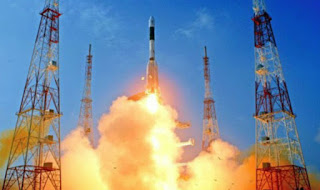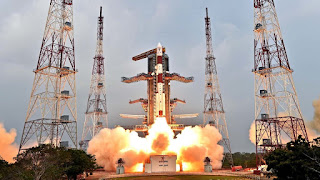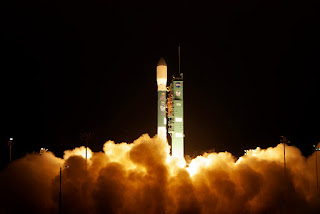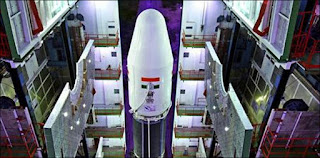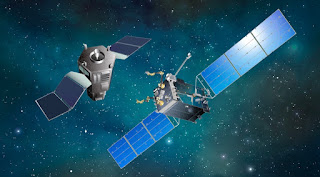Important Innovations Collection: Launching Satellites From 747 Planes

New Tech: Launching Satellites From 747 Aircraft Source: Virgin Orbit Virgin Orbit's Air Launch System Richard Branson's Virgin Orbit just successfully tested its modified 747 aircraft - Cosmic Girl - that can fire off a rocket containing a satellite and place it in orbit. The company is planning on its first commercial launch by the end of this summer. For a great news blog, go to Important Innovations Collection: Launching Satellites From 747 Planes : Richard Branson's Virgin Orbit Air Launch System Source: Virgin Orbit's 747 with rocket under its wing Close to Commercial ...





